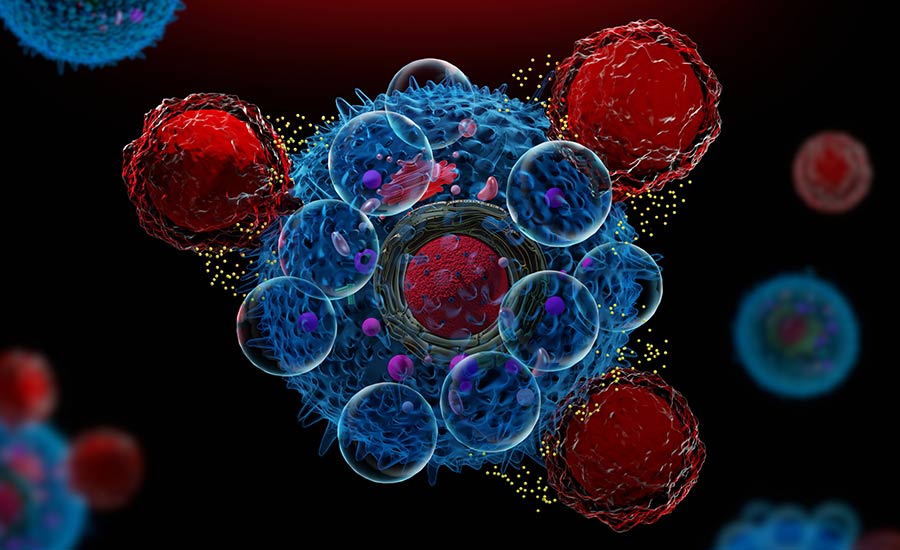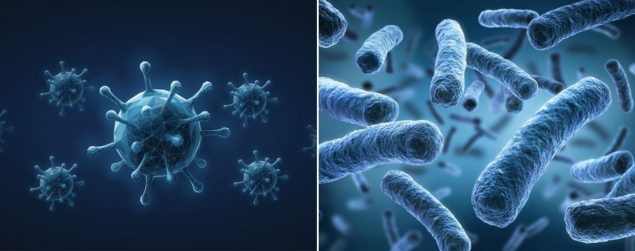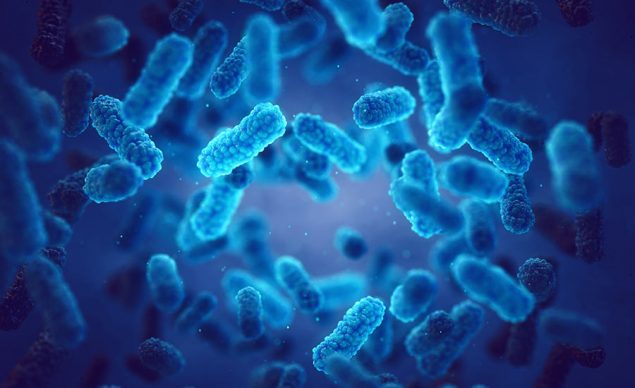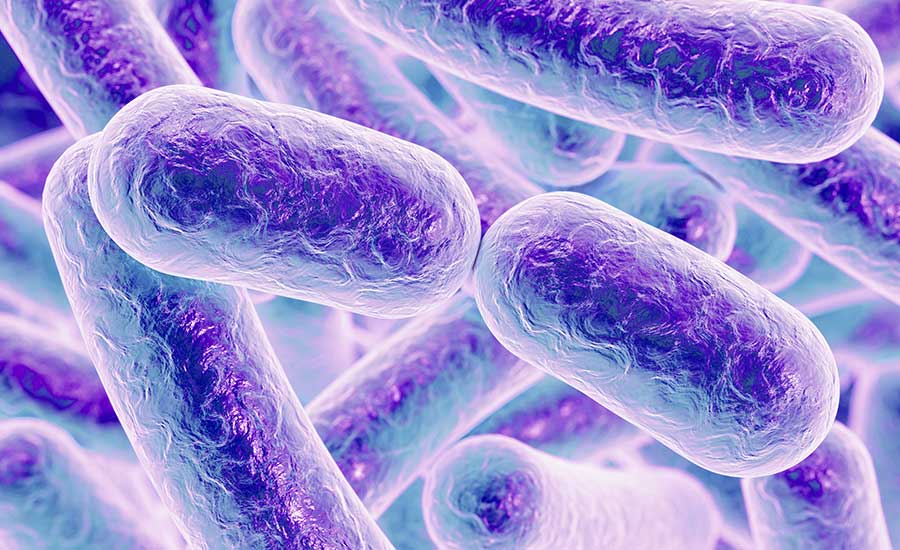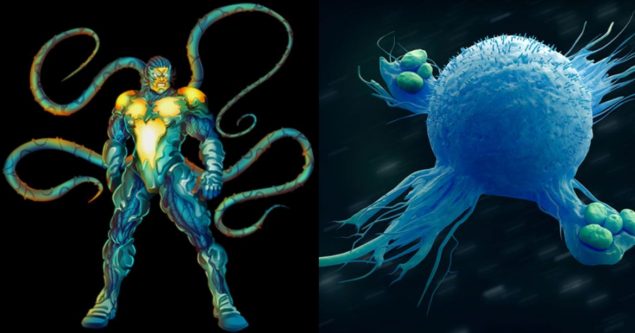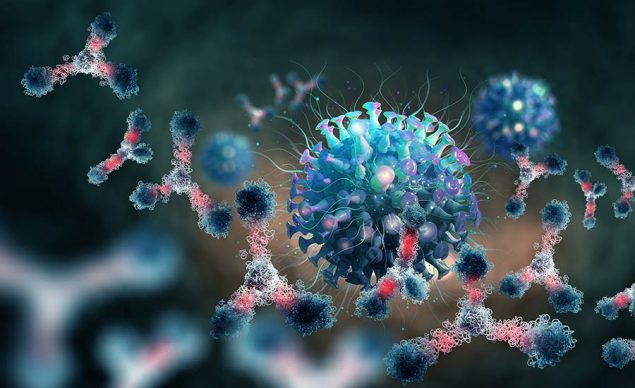Related Resources
Check out T-Cells — the guys in red — at work!
Did you know that your body has its own special force — a team of selfless warriors putting their own existence at risk to defend you from viruses, bacteria, parasites and fungi?
These guys are called T-Cells!
You have around 25 million to a billion T-Cells circulating through your body, protecting you.
But not all T-Cells are the same!
We explore the types of T-Cells and examine what sets them apart. We also analyze their role in your immune system to find out how they work and why they are important!
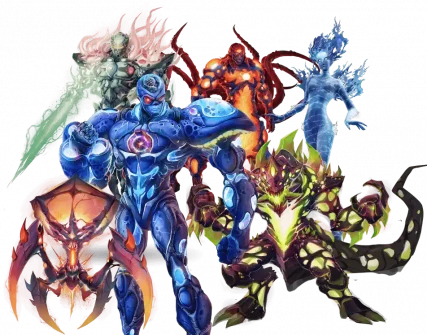
What Are T-Cells?
T-Cells are a type of white blood cell, i.e., leukocytes.
They belong to the lymphocyte subtype, so they’re often called T-lymphocytes.
Alongside T-Cells, lymphocytes also include B-Cells and Natural Killer Cells (NKC).
Your NKCs participate in your body’s innate immune response. That means they are a part of your body’s first-responders club, i.e., they are among the first to face the pathogens attacking you.
They don’t do it alone, though! Your innate immune system also includes macrophages and neutrophils — the former literally devour pathogens, while the latter trap and kill the enemy.
In case the cells of your innate immune system fail to annihilate pathogens, your body launches an adaptive immune response.
You guessed it — T-Cells and B-Cells join the battle for your health!
Speaking of the battle between the pathogens and the warriors of your immune system, the BioWars comic book describes the war between the two parties within the BioCosmos — the universe inside every one of us.
In the comic, T-Cells are led by Gamma-9, an intelligent protector of the BioCosmos.
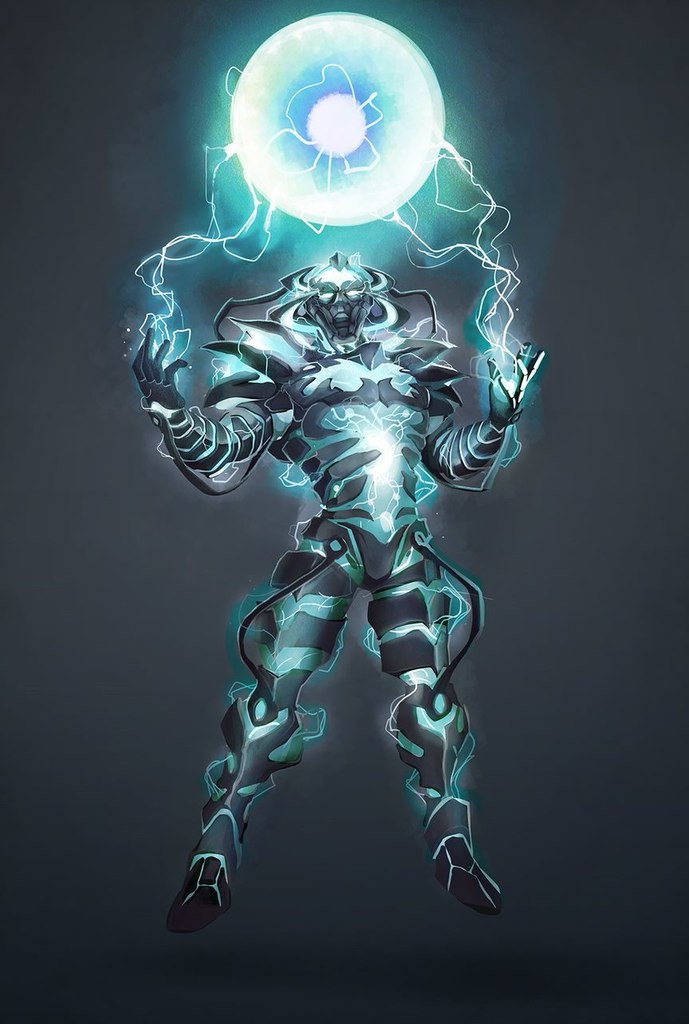
He fights against threats alongside Alpha-1 and their fellow T-Cell squadron. If need be, they’re willing to sacrifice themselves not just for the good of the entire Bioverse but also for the wellbeing of other BioWarriors!
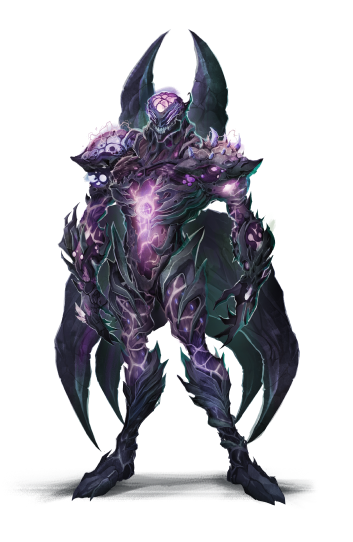
Where Are T-Cells Made?
T-Cells are made in the bone marrow — the gelatinous tissue inside your bones.
They come from hematopoietic stem cells (HSCs). These cells are produced in the bone marrow and generate all other cells in your body, including red and white blood cells, and platelets.
Once T-Cells are generated, they leave their home and move to the thymus — a gland between your lungs.
The reason they go there is that they’re drawn to it by chemokines — a type of cytokine (tiny proteins secreted by your cells) made by some thymus cells.
For T-Cells, the thymus is the place that’s either going to make them or break them.
Since T-Cells play a huge role in your immune system, your body needs to know if they can handle such a responsible job.
That’s why it puts them through thymic selection.
What Happens During Thymic Selection?
Thymic selection is the process during which T-Cells go through positive and negative selection.
Positive thymic selection occurs when T-Cells can recognize molecules of the major histocompatibility complex (MHC).
Why is this important?
Because the whole point of T-Cells is to have them recognize MHCs, i.e., molecules on the pathogen’s surface!
But we’ll talk more about this soon!
For now, you should remember that if T-cells can recognize MHCs attached to peptides, they’ve passed the test and have gone through positive selection.
Negative selection starts with the T-Cells that have passed the test. Your body then needs to make sure these guys won’t attack your own cells, so it has to get rid of the self-reactive bunch!
The reason why the negative selection is important is that it prevents autoimmune disorders from occurring!
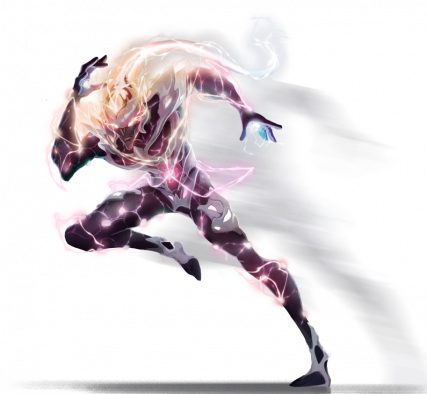
How Are T-Cells Activated?
The activation of T-Cells starts with macrophages.
Alongside dendritic cells, a.k.a. Langerhans cells (which are found in your skin), macrophages make up a team of antigen-presenting cells (APCs).
And what do they do?
They patrol your body, looking for signs of trouble.
Think of them as the resident police officers of your immune system!
When they encounter unknown cells, they engulf and digest them!
We mentioned earlier that all pathogens have specific molecules on their surface called antigens.
So, when macrophages and dendritic cells swallow a virus or bacteria, they also engulf antigens!
Then, APCs extract information about a pathogen from its antigen!
They attach the info they gather to MHCs, which T-Cells can recognize and respond to appropriately.
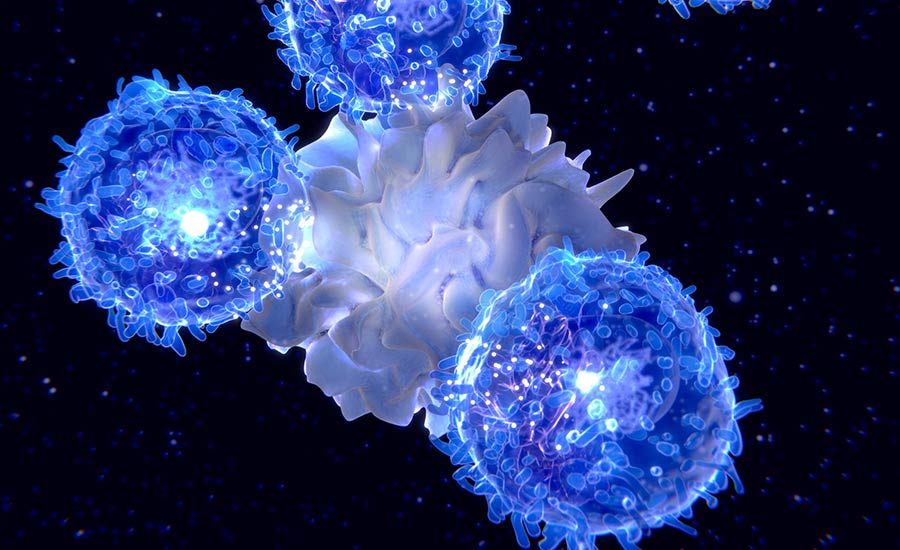
There are two types of MHCs — MHC class I and MHC class II molecules that different types of T-Cells react to.
Before T-Cells encounter APCs and recognize an antigen, they’re called naïve cells.
If they fail to recognize an antigen, they continue roaming the blood and lymphatic system until they recognize a corresponding antigen. That happens because every T-Cell can recognize just a specific antigen!
Your T-Cells have a unique receptor on their surface — a TCR — that reacts only to a specific antigen.
When the two meet, that’s when the T-Cells activate into specific types!
The activation occurs in the secondary lymphoid organs, including your spleen, tonsils and lymph nodes.
4 Types Of T-Cells
Your body makes 4 types of T-Cells:
- Cytotoxic T-Cells
- Helper T-Cells
- Regulatory T-Cells
- Memory T-Cells
1. Cytotoxic T-Cells
Cytotoxic T-Cells — CTLs or CD8+ cells — have one job only — to kill the harmful cells that don’t belong in your body, including viruses and cancerous cells.
Due to their innate urge to destroy viruses, they are one of the key players in your adaptive immune system.
The reason they’re also called CD8+ cells is that they express the CD8 glycoproteins on their surface.
A glycoprotein is a hybrid made up of a carbohydrate and protein.
CD8 glycoproteins are important because they allow CTLs MHCs.
TCRs alone aren’t enough to activate T-Cells.
Instead, their activation is a 2-step process:
- TCR binds to an MHC molecule (CTLs attach to the MHC class I molecule)
- CD8+ receptor sends a co-stimulatory signal that locks CTLs to MHC class I molecules
Once your CTLs bind to MHC I, the destruction of the dangerous imposters begins.
Your cytotoxic T-Cells encourage intruders to perform apoptosis, i.e., programmed cell death.
And how do they do it?
CTLs can induce programmed cell death in two ways:
- By releasing the protein perforin to punch holes on the surface of target cells; then, they launch granzymes — a group of enzymes that travel through the holes perforin created to start the apoptosis!
- Your cytotoxic T-Cells contain a Fas ligand or FasL— a protein present in the membrane of CTLs. FasL binds to Fas — the so-called death receptor found on the surface of target cells. When FasL and Fas connect, apoptosis of target cells occurs!
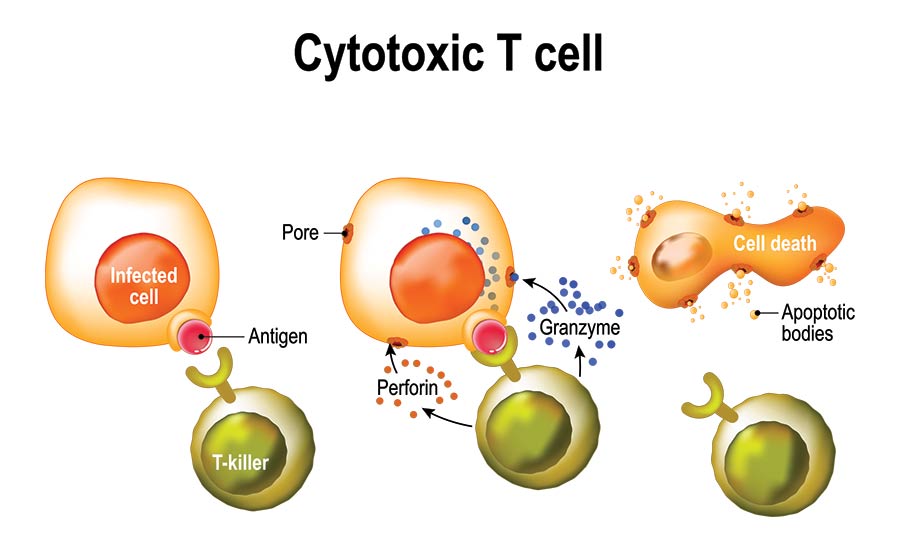
When your CTLs induce apoptosis, they destroy the target cell’s organelles and cause them to die from the inside out within 5 minutes!
2. Helper T-Cells
Helper T-Cells, Th, or CD4+ cells are among the most important cells of your immune system.
Why?
The helper T-Cells squad stimulates and activates every other cell of your immune system!
Because of that, they play a key role in the response of your adaptive immune system.
When antigen-presenting cells present T-Cells with antigens, the activation of helper T-Cells is possible thanks to the CD28 receptor on their surface.
CD28 binds to a B7 molecule found on the surface of antigen-presenting cells.
The reason this binding is important is that it activates your helper T-Cells because TCR and CD4+ binding to a section of the MHC class II molecule isn’t enough.
Each TCR of helper T-Cells can recognize only a specific antigen!
Without the CD28 – B7 binding, your naïve T-Cells die.
Upon activation, helper T-Cells multiply, i.e., proliferate, and release cytokines — small proteins that enable your cells to communicate with each other.
Helper T-Cells don’t kill infected cells.
Instead, they encourage B-Cells to secret antibodies!
Moreover, CD4+ cells also stimulate the activation of macrophages and the cytotoxic T-Cells, alarming them to come to the infected site and get rid of the imposter cells!
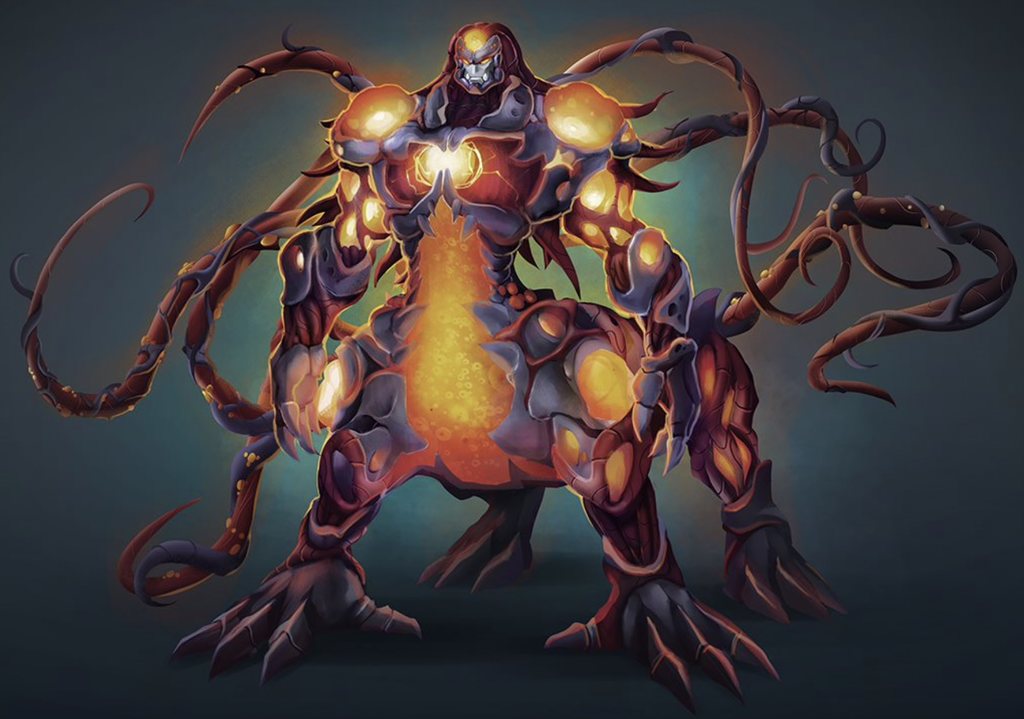
3. Regulatory T-Cells
Regulatory T-Cells are in charge of suppressing the proliferation of T-Cells and the production of cytokines, therefore preventing an autoimmune response of your cells.
After cytotoxic T-Cells and helper T-Cells take care of pathogens, regulatory T-Cells stop them from accidentally targeting your own cells and causing autoimmune disorders!
The activity of regulatory T-Cells is particularly high in the case of infectious diseases, including HIV, malaria and tuberculosis.
4. Memory T-Cells
Even when your body gets rid of the infection and helper T-Cells and cytotoxic T-Cells are done with their job, one type of T-Cells stays in your body, lurking around — your memory T-Cells!
When pathogens are gone, memory T-Cells stay around, and luckily so!
Memory T-Cells have the ability to recognize specific antigens when reintroduced to them.
That means the next time the same pathogen attacks you, your body’s response to it will be much faster than the first time!
Depending on the antigen they encounter, memory T-Cells can multiply very fast and turn into either CD4+ or CD8+ T-Cells, helping your immune system get rid of the infection quickly.
Thanks to memory T-Cells, your body can develop an immunological or immune tolerance, causing your immune system to become unresponsive to substances that would otherwise elicit its response. That way, there’s no risk of your immune system becoming over-reactive and causing inflammatory and autoimmune diseases.
Another reason why memory T-Cells are important is that they help vaccines make you immune to a specific disease.
After a vaccine introduces your body to a particular antigen, your memory T-Cells will remember how to respond to it, so if you get infected, your immune system will respond to a threat much faster than it would without you getting a shot.
What Foods Can Increase The Number Of T-Cells?
You can increase the number of T-Cells in your body by eating lean proteins and fresh, unprocessed food.
That will help you enhance your immune system and stimulate the production of powerful T-Cells.
Some of the foods you should eat to have more T-Cells include:
- Carrots
- Leafy greens
- Broccoli
- Tomatoes
- Strawberries
- Chicken
- Fish
- Lentils
- Eggs
- Garlic
- Beans
- Legumes
- Green tea
A Recap On Types Of T-Cells
T-Cells are among the key players in your immune system.
These white blood cells help you stay healthy and fight off viruses, bacteria, cancerous cells and other pathogens.
Cytotoxic T-Cells are so deadly and dangerous that they infiltrate the insides of evil pathogens and force them to die.
Helper T-Cells identify antigens and invite other cells of your immune system to rush to the infected site and take care of the enemy. They also stimulate B-Cells to make antibodies!
Regulatory T-Cells ensure T-Cells don’t proliferate, preventing the immune system from attacking itself.
And lastly, memory T-Cells stick around in your body long after an infection has passed. They memorize specific antigens, ensuring your immune system can fight them off in case they try to infect you again.

